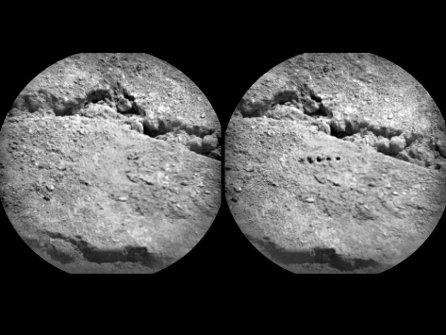|
|
The Viking Landers Paved the Way for Curiosity
3 September 2012
On this day in 1976, the Viking II spacecraft made its successful landing on Mars. Its twin, Viking I, had landed six weeks earlier, and together, they would send us the first close-up photographs of the Martian surface. Although the landers were given the very ambitious task of looking for life, which results were inconclusive, they did identify all of the chemical elements present in the Martian soil, that would be prerequisite for life. Each was launched with an orbiter, which was critical to mission success. When each lander arrived in Mars orbit, neither pre-selected landing site was safe. The landers continued in orbit, until photographs of better landing spots were identified by the orbiters. Like today’s Curiosity rover, and the preceeding Spirit and Opportunity rovers, data communications with the Earth were not direct, but through the orbiters that, while making their own scientific observations, served as radio communications relays for the landers. The Viking landers did not move, which limited their view of Mars to the spots where they landed. Curiosity has started to cover the Martian territory, exercising her scientific instruments, along the way.
On August 30th, JPL released "before and after" photos of a series of ChemCam laser shots taken in soil called "Beechey" on August 25. By August 30, Curiosity had taken her fourth drive since landing August 6. She is on her way to a region called "Glenelg" and will stop to do some imaging and experimenting along the way. |


